aladdin 阿拉丁 A128539 D-氨基酸氧化酶 来源于猪肾 9000-88-8 ≥2 units/mg dry weight
D-Amino Acid Oxidase from porcine kidney
9000-88-8
9000-88-8
¥720.90
1mg
起订
¥2689.90
5mg
起订
上海 更新日期:2025-03-24
产品详情:
- 中文名称:
- D-氨基酸氧化酶 来源于猪肾
- 英文名称:
- D-Amino Acid Oxidase from porcine kidney
- CAS号:
- 9000-88-8
- 品牌:
- 阿拉丁
- 产地:
- 上海
- 保存条件:
- 2-8°C储存
- 纯度规格:
- ≥2 units/mg dry weight
- 产品类别:
- 分析科学 酶
- MDL:
- MFCD00081546
- 运输条件:
- 冰袋运输
- 产品规格:
- 1mg、5mg
- 货号:
- A128539
- 是否进口:
- 否
公司简介
上海阿拉丁生化科技股份有限公司是A股上市公司((股票代码:688179),专注于科研试剂的研发、生产和销售,已陆续建立多个工厂和研发中心。作为领军企业,阿拉丁始终坚持质量第一,连续13年被评为“最受欢迎试剂品牌”。
阿拉丁目前常备库存试剂产品品种超过7万种,SKU总数超过46万,产品线涵盖了化学试剂、生化试剂、药靶配体、蛋白质和抗体等多个领域,是国内少数化学试剂到生物试剂全面发展的国产试剂品牌,产品同步发布在我们国内(www.aladdin-e.com)和海外(www.aladdinsci.com)电商平台。
| 成立日期 | (17年) |
| 注册资本 | 10093.34万人民币 |
| 员工人数 | 500人以上 |
| 年营业额 | ¥ 1亿以上 |
| 经营模式 | 工厂,试剂 |
| 主营行业 | 生物化工,生物化工,化学试剂,化学试剂 |
D-氨基酸氧化酶 来源于猪肾相关厂家报价 更多
-
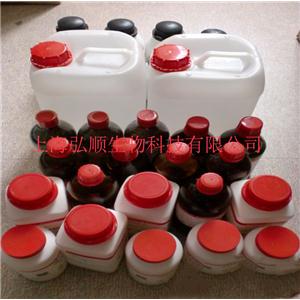
- D-α-氨基氧化酶
- 上海弘顺生物科技有限公司 VIP
- 2025-03-29
- 询价
-
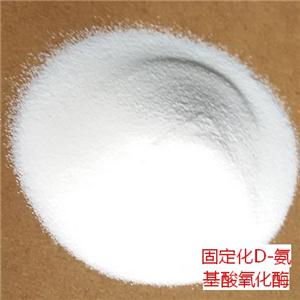
- 固定化D-氨基酸氧化
- 湖北威德利化学试剂有限公司 VIP
- 2025-03-29
- 询价
-
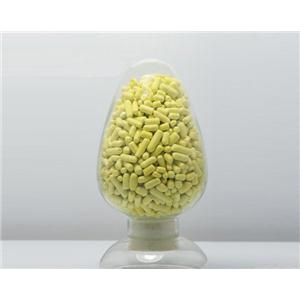
- D-氨基酸氧化酶科研试剂—9000-88-8
- 湖北魏氏化学试剂股份有限公司 VIP
- 2025-03-29
- ¥4050
-
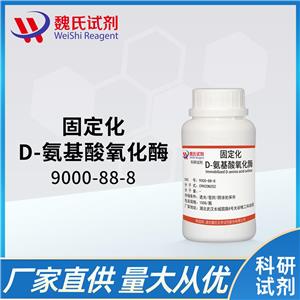
- D-氨基酸氧化酶科研试剂—9000-88-8
- 湖北魏氏化学试剂股份有限公司 VIP
- 2025-03-29
- 询价
-
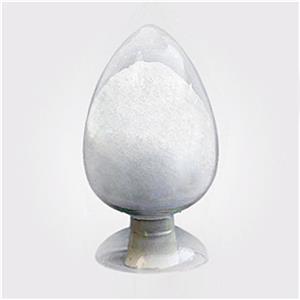
- 固定化D-氨基酸氧化酶
- 湖北阡陌生物科技有限公司 VIP
- 2025-03-28
- ¥100
-
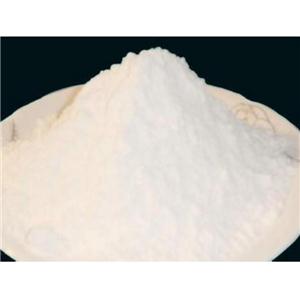
- 固定化D-氨基酸氧化酶
- 武汉维斯尔曼生物工程有限公司 VIP
- 2025-03-28
- 询价
-

- D-α-氨基氧化酶
- 上海康朗生物科技有限公司 VIP
- 2025-03-28
- ¥1000
-

- 固定化D-氨基酸氧化酶
- 湖北恒化科技有限公司 VIP
- 2025-03-28
- 询价
-
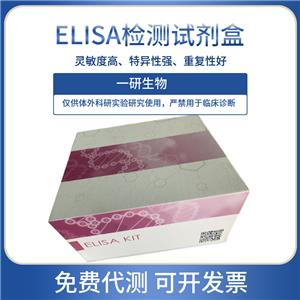
- 植物D氨基酸ELISA试剂盒
- 上海嘉定区澄浏公路52号 VIP
- 2025-03-28
- ¥1200
-
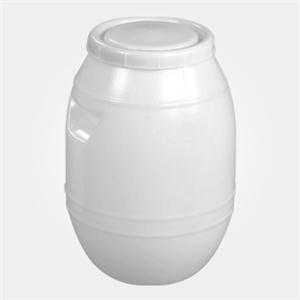
- D-氨基酸氧化酶
- 武汉贝乐叶生物医药科技有限公司
- 2025-03-11
- 询价






